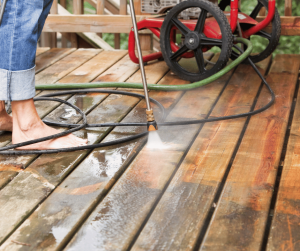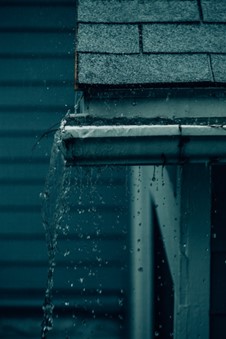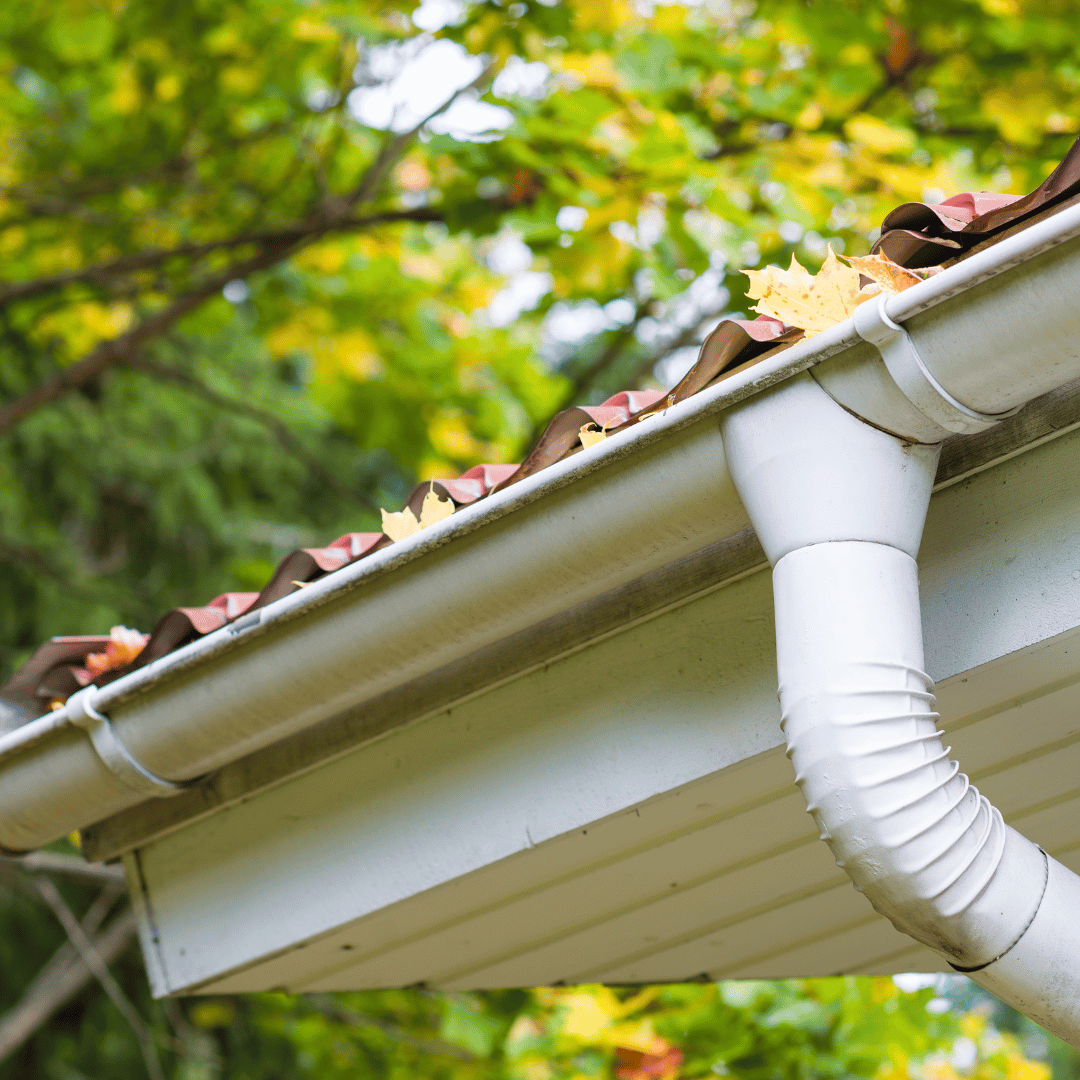
Ultimate Guide to Cleaning Your Deck for Staining
A well-maintained deck not only enhances the aesthetic appeal of your home but also extends its lifespan. At HomeSmiles, we specialize in preventative home maintenance, ensuring every aspect of your home, inside and out, receives the care it deserves. In this comprehensive guide, we’ll explore the essential steps to effectively clean your deck before staining, covering everything from preparation techniques to answering common questions about deck maintenance.
Cleaning your deck thoroughly before staining is crucial to achieving a beautiful and long-lasting finish. Whether you’re tackling a new project or revitalizing an old deck, proper preparation ensures the stain adheres evenly and enhances the wood’s natural beauty. Let’s dive into the details to help you achieve a stunning deck that enhances your outdoor living space.
Why Clean Your Deck Before Staining?
Cleaning your deck before staining is more than just a preparatory step; it’s a critical process that directly impacts the longevity and appearance of your deck. Here are several reasons why cleaning your deck before staining is essential:
- Remove Dirt and Debris: Over time, decks accumulate dirt, dust, pollen, and other debris. Cleaning removes these contaminants, preventing them from affecting the stain’s adherence and the deck’s overall appearance.
- Eliminate Mold and Mildew: Moisture can lead to the growth of mold and mildew on deck surfaces, especially in shaded or damp areas. Proper cleaning with the right techniques and solutions helps eradicate mold and mildew, preserving the wood and preventing future growth.
- Prepare the Surface: Staining over a dirty or uneven surface can result in an uneven finish and poor stain penetration. Cleaning the deck ensures a smooth and uniform surface, allowing the stain to penetrate effectively and enhance the natural beauty of the wood.
- Enhance Longevity: Regular maintenance, including cleaning and staining, extends the lifespan of your deck. By removing contaminants and protecting the wood with a quality stain, you can prevent premature deterioration and costly repairs.
- Improve Aesthetic Appeal: A clean deck enhances the overall curb appeal of your home. Whether you’re preparing for a gathering or simply enjoying your outdoor space, a freshly cleaned and stained deck adds value and charm to your property.
In the next section, we’ll explore effective methods to clean your deck before staining, including both DIY approaches and professional services.
Methods to Clean Your Deck Before Staining
Cleaning your deck thoroughly before staining involves choosing the right method based on the condition of your deck and the level of cleaning required. Here are effective methods to prepare your deck for staining:
Sweeping and Clearing Debris:
- Purpose: Begin by removing loose debris such as leaves, twigs, and dirt using a stiff brush or broom.
- Method: Sweep the entire deck surface, including between boards and along railings, to ensure a clean starting point.
Power Washing:
- Purpose: Power washing is effective for removing embedded dirt, mold, and mildew from the deck surface.
- Method: Use a pressure washer with a wide-angle tip (around 25 degrees) to avoid damaging the wood. Maintain a safe distance of about 12-18 inches from the surface, and work in the direction of the wood grain to prevent splintering.
Scrubbing with Cleaning Solution:
- Purpose: For tougher stains or heavily soiled areas, scrubbing with a cleaning solution helps lift dirt and grime.
- Method: Mix a deck cleaning solution according to the manufacturer’s instructions. Apply the solution with a scrub brush or stiff bristle brush, working it into the wood grain. Allow it to sit for a few minutes before rinsing thoroughly with water.
Bleaching for Stain Removal:
- Purpose: Bleaching agents can be used to remove stubborn stains like mold or mildew.
- Method: Dilute the bleach according to product instructions, then apply it to the affected areas using a sprayer or brush. Allow the bleach to sit for the recommended time, then rinse thoroughly with water to neutralize.
Sand or Sanding:
- Purpose: Sanding helps smooth rough areas and opens up the wood pores for better stain absorption.
- Method: Use a palm sander or sanding block for small areas, or a drum sander for larger surfaces. Sand in the direction of the wood grain with progressively finer grits until the surface is smooth and uniform.
Professional Cleaning Services:
- Purpose: For extensive cleaning or if you prefer to leave it to the experts, professional cleaning services offer thorough and efficient solutions.
- Method: Contact a reputable home maintenance company like HomeSmiles for professional deck cleaning services. They utilize advanced equipment and eco-friendly cleaning solutions to ensure optimal results without damaging your deck.
In the next section, we’ll address specific considerations and tips for preparing an old deck for staining, including how to handle existing stains and ensuring the surface is ready for the application of stain.
Preparing an Old Deck for Staining
Staining an older deck requires careful preparation to ensure the best results and longevity of the stain. Here are essential steps to prepare an old deck for staining:
Inspect and Repair:
- Purpose: Before cleaning, inspect the deck for any signs of damage such as loose boards, protruding nails, or splintered wood.
- Method: Secure loose boards with screws, hammer down nails, and replace any damaged boards as necessary. This ensures a stable surface for cleaning and staining.
Cleaning Existing Stains:
- Purpose: If your deck has existing stain or paint that needs to be removed, cleaning becomes more intensive.
- Method: Use a paint scraper, sandpaper, or chemical stripper to remove old stains or paint. Follow product instructions carefully and wear protective gear when using chemicals. Once stripped, proceed with cleaning the deck surface thoroughly.
Deep Cleaning:
- Purpose: Older decks may have deeper-set dirt, mold, or mildew that requires extra attention.
- Method: Combine power washing with a deck cleaner designed for older wood. Scrubbing with a stiff brush may also be necessary to lift embedded dirt. Rinse thoroughly and allow the deck to dry completely before staining.
Sanding for Smoothness:
- Purpose: Sanding old wood helps to smooth rough patches and open up the pores for better stain absorption.
- Method: Use a drum sander or orbital sander with coarse grit sandpaper to start, then switch to finer grits for a smooth finish. Sand in the direction of the wood grain to avoid damaging the surface.
Applying Brighteners or Restorers:
- Purpose: Deck brighteners or restorers can help revive the natural color of weathered wood.
- Method: Apply according to manufacturer instructions after cleaning and before staining, if desired. These products can enhance the appearance of older wood and prepare it for stain application.
Drying Time:
- Purpose: Allow sufficient time for the deck to dry completely after cleaning and any necessary repairs.
- Method: Depending on weather conditions, drying may take 24 to 48 hours or longer. Ensure the deck is dry throughout before proceeding with staining.
By following these steps, you’ll effectively prepare your older deck for staining, ensuring a beautiful and long-lasting finish. In the next section, we’ll discuss whether it’s possible to stain over old stains on a deck and considerations for doing so.
Can You Stain Over Old Stains on Your Deck?
Staining over old stains on your deck is possible, but it requires careful consideration and preparation for optimal results. Here’s what you need to know:
Assessment of Existing Stain:
- Purpose: Before proceeding, assess the condition of the existing stain on your deck.
- Method: Check for signs of wear, peeling, or uneven application. If the old stain is in good condition with no peeling or bubbling, you may be able to stain over it after thorough cleaning and preparation.
Cleaning and Preparation:
- Purpose: Proper cleaning is crucial to ensure the new stain adheres well to the old surface.
- Method: Clean the deck thoroughly using a deck cleaner and/or power washer to remove dirt, debris, and any loose old stain. Ensure the surface is smooth and free from contaminants before applying a new coat of stain.
Sanding for Adhesion:
- Purpose: Sanding helps roughen up the old stain surface for better adhesion of the new stain.
- Method: Use medium-grit sandpaper to lightly sand the entire deck surface. Focus on areas where the old stain may be uneven or peeling. This step promotes a uniform appearance and helps the new stain penetrate the wood effectively.
Choosing the Right Stain:
- Purpose: Selecting a compatible stain is essential for achieving the desired finish over old stains.
- Method: Choose a high-quality deck stain that is suitable for your climate and the type of wood on your deck. Consider whether you want a transparent, semi-transparent, or solid color stain based on your aesthetic preferences and the condition of the wood.
Application Technique:
- Purpose: Proper application ensures an even coat and enhances the longevity of the new stain.
- Method: Follow manufacturer instructions for application, including the use of brushes, rollers, or sprayers. Work in small sections and maintain a wet edge to avoid lap marks. Apply the stain evenly and allow adequate drying time between coats as recommended.
Final Considerations:
- Purpose: After staining, proper maintenance will help preserve the new finish over time.
- Method: Regularly inspect and clean your deck, and consider applying a protective sealer or topcoat to enhance durability and weather resistance.
By following these guidelines, you can effectively stain over old stains on your deck, rejuvenating its appearance and protecting the wood for years to come. In the next section, we’ll address whether you can stain an old deck without sanding and alternative approaches to consider.
Properly preparing your deck for staining is essential to achieving a beautiful and long-lasting finish. Whether you’re dealing with old stains, dirt buildup, or simply want to refresh your deck’s appearance, following the right steps ensures optimal results:
- Assessment and Cleaning: Start by assessing the condition of your deck and thoroughly cleaning it to remove dirt, debris, and old stains.
- Preparation: Consider whether sanding is necessary to smooth out the surface and promote better adhesion of the new stain.
- Choosing the Right Stain: Select a high-quality deck stain that suits your aesthetic preferences and offers durability against weather and wear.
- Application Technique: Apply the stain evenly and according to manufacturer instructions, ensuring thorough coverage and allowing adequate drying time between coats.
- Maintenance: After staining, maintain your deck by regularly cleaning it and considering additional protective measures like sealants or topcoats.
By taking these steps, you not only enhance the visual appeal of your deck but also protect it from the elements, extending its lifespan and minimizing future maintenance needs. Whether you’re a seasoned DIY enthusiast or prefer professional services like those offered by HomeSmiles, ensuring your deck is properly maintained contributes to the overall beauty and value of your home.
Explore our range of preventative home maintenance services at HomeSmiles, where we specialize in interior and exterior upkeep to address all your “honey-do” tasks. Keep your home looking its best year-round with our comprehensive service checklist, designed to prevent costly repairs and ensure peace of mind for homeowners.
Ready to transform your deck? Contact HomeSmiles today to schedule your next maintenance appointment or to learn more about our services tailored to meet your home maintenance needs.
- Protecting Your Property: Why the Right Cleaning Method Makes All the Difference
- The #1 Thing That’s Dulling Your Curb Appeal (And How to Fix It)
- How Maintenance Bundles Provide Peace of Mind for Busy Small Business Owners and Facility Managers
- Essential vs. Complete Home Packages: Choosing the Right Preventive Care for Your Property
- How a Simplified Service Model Benefits Both Homeowners and Franchisees Alike


